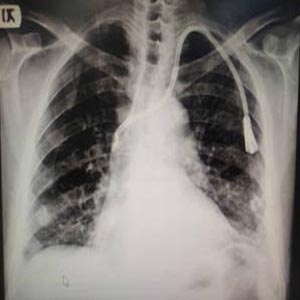May position of hemodialysis catheter tip have a direct effect on its patency? Positive results of a preliminary study on its rotation

Submitted: 15 April 2022
Accepted: 21 April 2022
Published: 19 May 2022
Accepted: 21 April 2022
Abstract Views: 985
PDF: 466
HTML: 107
HTML: 107
Publisher's note
All claims expressed in this article are solely those of the authors and do not necessarily represent those of their affiliated organizations, or those of the publisher, the editors and the reviewers. Any product that may be evaluated in this article or claim that may be made by its manufacturer is not guaranteed or endorsed by the publisher.
All claims expressed in this article are solely those of the authors and do not necessarily represent those of their affiliated organizations, or those of the publisher, the editors and the reviewers. Any product that may be evaluated in this article or claim that may be made by its manufacturer is not guaranteed or endorsed by the publisher.
Similar Articles
- Guihong Jin, Jianmin Gu, Yan Zhang, Shidan Ren, Research on comprehensive analysis of patient comfort and complication rate using haemodialysis indwelling needles in AVF puncture in haemodialysis treatment , European Journal of Translational Myology: Vol. 34 No. 2 (2024)
You may also start an advanced similarity search for this article.

 https://doi.org/10.4081/ejtm.2022.10537
https://doi.org/10.4081/ejtm.2022.10537




